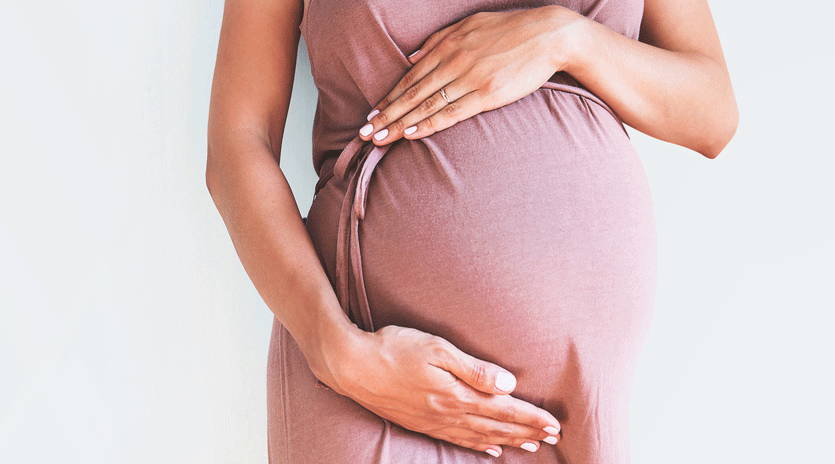Jharkhand recorded the lowest maternal mortality ratio (MMR) in eastern India and the fifth lowest in the country, according to a special bulletin released by the office of the Registrar General of India recently.
The special bulletin on “Maternal Mortality in India for 2016-18” revealed that Jharkhand had recorded an MMR of 71 during the period, which is much lower than the national estimate of 113.
MMR is defined as the number of maternal deaths during a given time period per 100,000 live births during the same period. It is a measure of the reproductive health of women in an area and is calculated using data collected through sample registration system.
According to the World Health Organization, “maternal death is the death of a woman while pregnant or within 42 days of termination of pregnancy, irrespective of the duration and site of the pregnancy, from any cause related to or aggravated by the pregnancy or its management but not from accidental or incidental causes”.
According to the bulletin, among other eastern states, the MMR recorded in Assam during 2016-18 was 215, the highest in the country, while Bengal recorded an MMR of 98. While Odisha recorded an MMR of 150, the Bihar figure was 149.
Only four states — Kerala (43), Maharashtra (46), Tamil Nadu (60) and Andhra Pradesh (65) — recorded lower MMR than Jharkhand during the period.
It was a notable achievement for Jharkhand that recorded an MMR of 312 during 2004-06 but improved to 261 during 2007-09 and further reduced it to 165 during 2014-16.
During 2015-17, Jharkhand recorded an MMR of 76, that has now gone further down to 71 during 2016-18, the lowest in eastern India.
“There were a number of favourable factors that helped reduce the MMR in Jharkhand,” said Job Zachariah, who headed the regional office of Unicef in Ranchi during 2014-15.
“The state started having more and more institutional deliveries that reduced deaths of women during child birth,” Zachariah told over phone from Raipur, where he is currently heading Unicef’s Chhattisgarh office.
Chhattisgarh recorded an MMR of 159 during 2016-18, according to the bulletin.
On Jharkhand’s improvement, Zachariah said, “That was the time (2014-15) when an ambulance service was also introduced for carrying expecting mothers to hospitals or other nearest delivery points.”
Even health sub-centres were equipped for handling deliveries that increased the number of delivery points in the state, he added.
“Besides, an incentive scheme called Janani Suraksha Yojana was also introduced around the same time that guaranteed monetary help and encouraged pregnant women to choose institutional delivery over home delivery that involved many risks,” he said.
The bulletin also hailed the improvement in the national figure and said “it is heartening that the MMR of India declined to 113 in 2016-18 from 122 in 2015-17 and 130 in 2014-16”.










